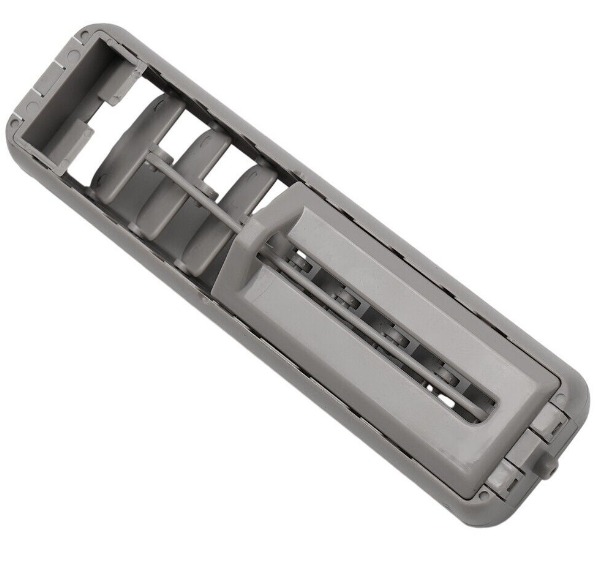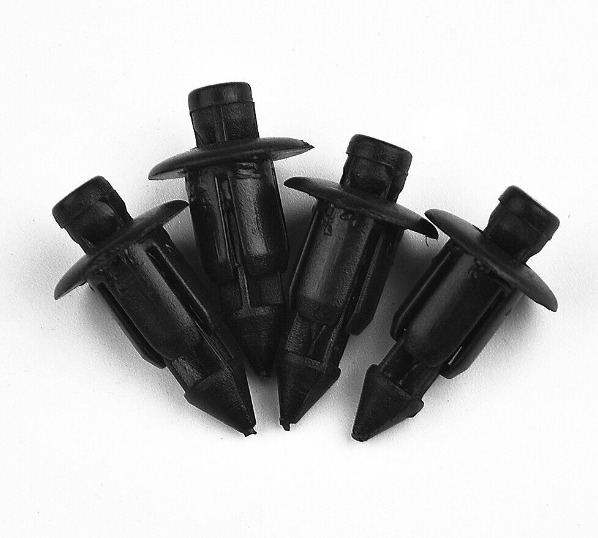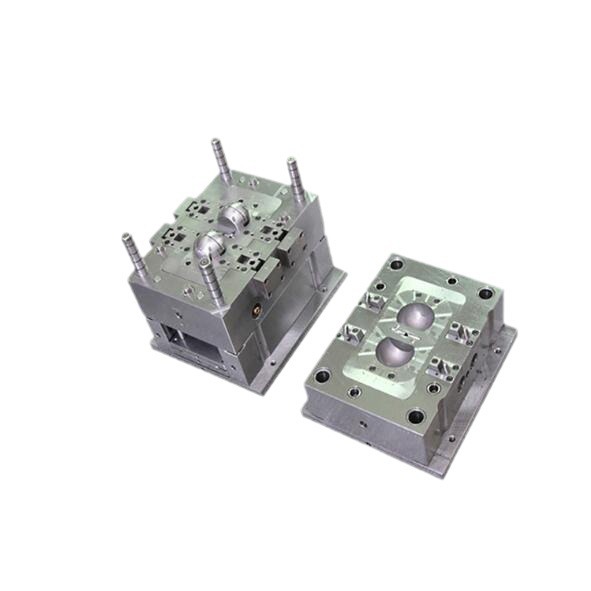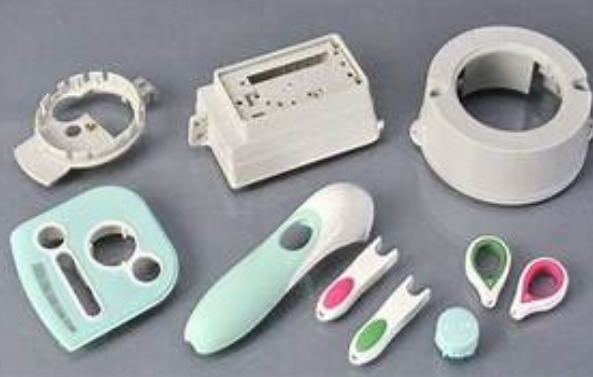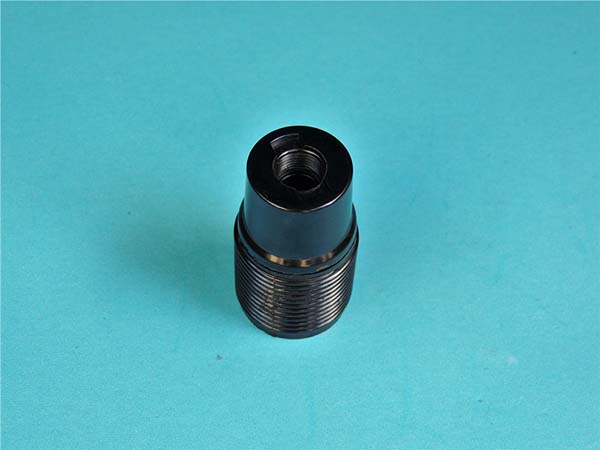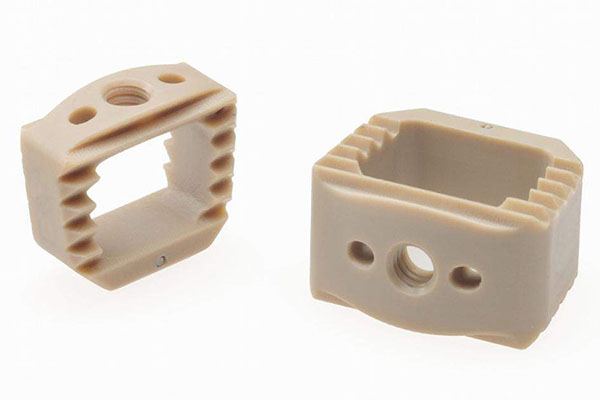Understanding the Menace of Diesel Effect in Injection Molding
In the world of injection molding, the diesel effect is a phenomenon that can cause significant headaches for manufacturers. Diesel effect in injection molding refers to the spontaneous ignition of the plastic melt inside the mold cavity during the injection process. This is a serious issue because it can lead to a variety of problems that affect both the quality of the final product and the overall production efficiency.
One of the most obvious impacts of the diesel effect is on product quality. When the plastic melt ignites inside the mold, it can create burn marks or black spots on the surface of the molded part. These aesthetic defects can make the product unacceptable for sale, especially in industries where appearance is crucial, such as consumer electronics and automotive interiors. According to a study by the Society of Plastics Engineers, up to 15% of rejected injection - molded parts can be attributed to diesel - effect - related surface defects in some production lines.
Moreover, the diesel effect can also affect the mechanical properties of the plastic part. The high temperatures generated by the ignition can cause thermal degradation of the polymer, reducing its strength, toughness, and durability. For example, in a case study of a company producing plastic gears for industrial machinery, it was found that parts affected by the diesel effect had a 20% reduction in tensile strength compared to defect - free parts. This can lead to premature failure of the end - product, increasing the risk of costly recalls and customer dissatisfaction.
In terms of production efficiency, the diesel effect can lead to increased cycle times. When a diesel effect occurs, the production process often has to be halted to clean the mold and remove the burned plastic residue. This not only wastes time but also reduces the overall output of the injection - molding machine. In some cases, the downtime caused by the diesel effect can account for up to 10% of the total production time in a day, significantly reducing productivity and increasing production costs. Additionally, repeated occurrences of the diesel effect can also damage the mold, leading to expensive repairs or even mold replacement.
Understanding the severity of the diesel effect is the first step in preventing it. In the following sections, we will explore in detail the various factors that contribute to the diesel effect and the effective preventive measures that can be taken.
Effective Strategies to Prevent Diesel Effect
Precise Material Management
Proper Drying: Thoroughly drying the plastic material before injection molding is crucial. For example, hygroscopic plastics like nylon should be dried to a moisture content of less than 0.2%. Using a desiccant dryer can effectively reduce the moisture level. A study showed that when the moisture content of nylon was reduced from 0.5% to 0.1% through proper drying, the incidence of the diesel effect decreased by 80%. This is because dry materials prevent the formation of steam pockets during the injection process, which are potential ignition sources.
Material Selection: Choosing the right plastic type can significantly reduce the risk of the diesel effect. General - purpose plastics such as polyethylene (PE) and polypropylene (PP) are less likely to experience the diesel effect compared to engineering plastics like polycarbonate (PC) and polyoxymethylene (POM). If possible, substituting a more stable plastic for a more reactive one in a design can prevent the diesel effect. For instance, in a consumer electronics product where PC was originally used for a housing component, switching to a high - quality PP grade reduced the occurrence of the diesel effect from 10% of parts to almost zero.
Additive Caution: When using additives, it is essential to select those with high thermal stability. Avoid additives that may decompose prematurely during the injection - molding process. For example, if a colorant is needed, choose one that has been tested and proven to be stable at the processing temperatures of the plastic being used. A case study in a plastic toy manufacturing plant found that after changing to a thermally stable colorant, the number of parts affected by the diesel effect due to additive decomposition decreased by 75%.
Optimal Machine Parameter Tuning
Temperature Control: Set the barrel temperature of the injection - molding machine precisely according to the plastic material's recommended processing range. For heat - sensitive materials like PVC, the barrel temperature should be maintained within 160 - 180°C. Regularly check and calibrate the temperature sensors of the machine to ensure accurate temperature control. A manufacturer that failed to calibrate its temperature sensors found that the barrel temperature was actually 10°C higher than the set value, leading to a 50% increase in the diesel - effect rate. By recalibrating the sensors and adjusting the temperature, they were able to bring the diesel - effect rate back to normal levels.
Pressure and Speed Optimization: Adjust the injection pressure and speed based on the mold design and the plastic material's flow characteristics. For thick - walled parts, a lower injection speed and pressure may be sufficient to fill the mold without trapping air. Conversely, for thin - walled parts, a higher speed may be required, but it should be carefully balanced with the pressure to avoid air entrapment. A simulation study showed that for a specific thin - walled plastic part, reducing the injection speed by 20% while maintaining a proper pressure profile reduced the diesel - effect probability from 30% to 10%. Additionally, using a multi - stage injection process can help control the flow of the plastic melt more effectively. For example, starting with a lower speed to fill the main cavity and then increasing the speed to fill the thin - walled sections can prevent air from being trapped.
Mold Optimization
Improved Ventilation: Design or modify the mold to have an effective ventilation system. Add vents at the end of the flow path of the plastic melt in the mold cavity. The vents should be sized appropriately to allow air to escape while preventing plastic leakage. A mold with vents that were too small had a 40% diesel - effect rate, while after increasing the vent size to the recommended value, the diesel - effect rate dropped to 10%. Another option is to use vented inserts or porous materials in critical areas of the mold to enhance ventilation.
Smooth Flow Channel Design: Ensure that the mold's flow channels are smooth and free of sharp corners or narrow sections. Rounding the corners of the flow channels can reduce turbulent flow and air entrapment. In a mold where the flow channels had sharp corners, 30% of the parts showed signs of the diesel effect. After modifying the flow channels to have rounded corners, this percentage decreased to 5%. A well - designed flow channel can also help distribute the plastic melt evenly in the mold, reducing the risk of hot spots and the subsequent diesel effect.
Yigu Technology's Perspective
As a non - standard plastic metal products custom Supplier, Yigu Technology has rich experience in dealing with various injection - molding challenges, including preventing the diesel effect. We understand that a comprehensive approach is essential. On the material side, we are meticulous in material selection and drying processes. We work closely with reliable material suppliers to ensure that the plastics we use have optimal properties and low moisture content.
In terms of machine operation, our engineers are well - trained to precisely set and monitor machine parameters. We regularly calibrate our injection - molding machines to maintain accurate temperature, pressure, and speed control. For mold design and optimization, our in - house mold - making team designs molds with excellent ventilation systems and smooth flow channels. We also conduct regular mold maintenance to ensure its structural integrity. Our focus on these aspects has enabled us to significantly reduce the occurrence of the diesel effect in our production, providing high - quality products to our customers.
FAQs
1. What is the most common cause of the diesel effect in injection molding?
The most common cause is often related to trapped air in the plastic melt, which can be due to factors like high injection speeds (trapping air during filling), improper mold ventilation (preventing air from escaping), or high moisture content in the plastic (generating steam pockets that act as air sources).
2. Can changing the injection - molding machine affect the diesel - effect occurrence?
Yes. Upgrading to a more advanced machine with better temperature control accuracy, precise pressure and speed regulation capabilities can help. Newer machines often have better sensors and control systems that can prevent overheating and air entrapment, thus reducing the risk of the diesel effect.
3. Are there any additives that can help prevent the diesel effect?
While most additives are not directly used to prevent the diesel effect, choosing thermally stable additives can help. Additives that do not decompose prematurely at processing temperatures can avoid creating hot spots or releasing combustible gases that could trigger the diesel effect. However, it's crucial to test any additive thoroughly before use to ensure it doesn't introduce other issues.

